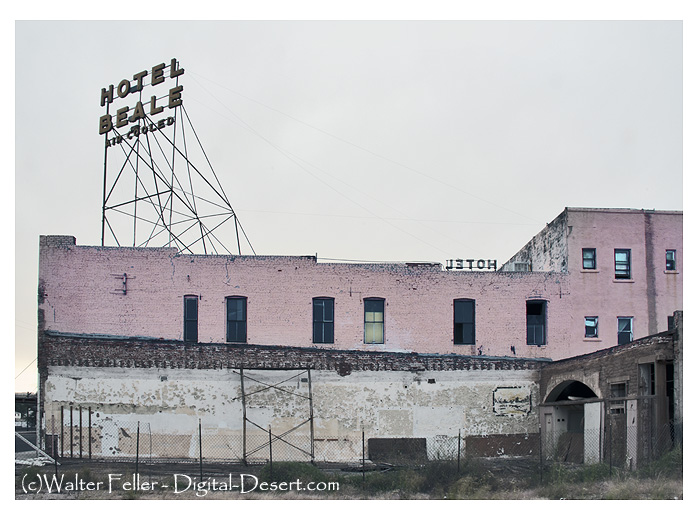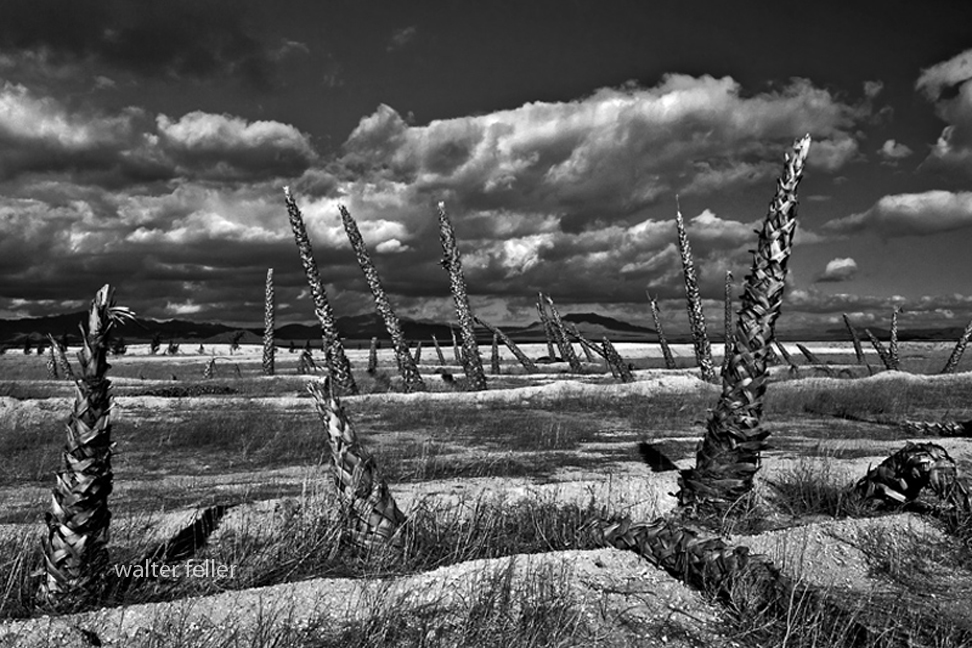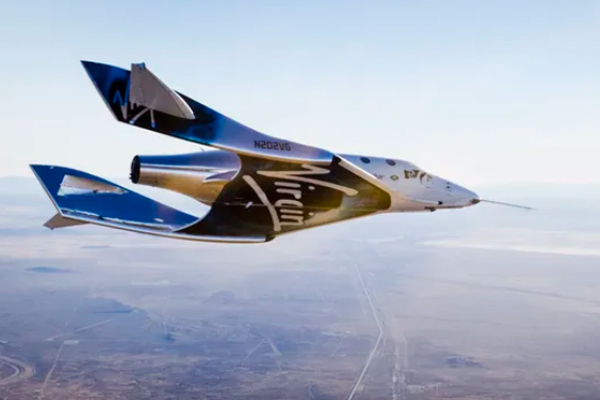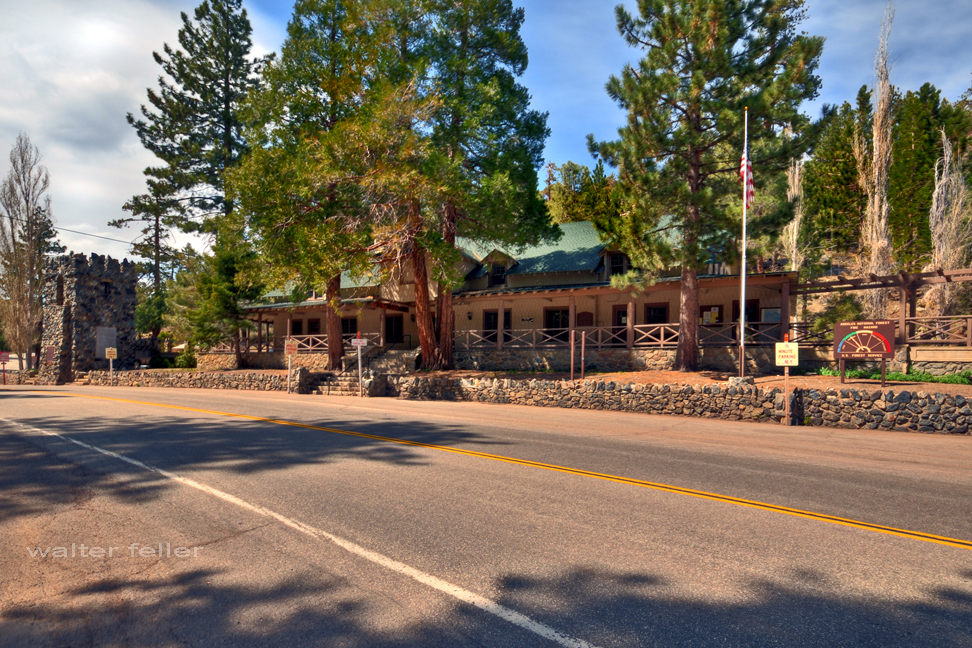Tales from the front desk at the Beale
The Hotel Beale opened in 1899 in Kingman, Arizona, after an earlier wooden inn on the site burned down. For a growing railroad town on the edge of the desert, the Beale was a symbol of permanence: solid brick walls, rooms for travelers, and a touch of style on Front Street.

In 1906, Tom Devine, an Irish immigrant and businessman, bought the hotel. He expanded and remodeled it about a decade later, turning it into the finest lodging in Kingman. Travelers arriving by train or, later, by automobile along the developing Route 66 found the Beale a natural stop. It was a place where deals were made, stories were traded, and the town’s social life often centered.
Tom’s son, Andy Devine, grew up right there in the hotel. Born in 1905, Andy spent his childhood surrounded by railroad workers, cowboys, ranchers, and wanderers who drifted through Kingman. Living in that atmosphere of tall tales and wide-open West likely planted the seeds for his later career. Andy eventually headed west to Hollywood, where he became a beloved actor. With his trademark raspy voice and big-hearted, comic presence, he starred in hundreds of films, often as the sidekick in Westerns with John Wayne and Roy Rogers. He also became a fixture on radio and television, hosting shows that made him a household name. Despite his fame, Andy’s roots in Kingman were never forgotten. Locals proudly remembered him as the boy from the Beale.
For decades, the hotel thrived. It welcomed railroad passengers, Route 66 travelers, and even celebrities. But when Interstate 40 bypassed downtown Kingman, business declined. Modern motels popped up along the new highway, leaving the old Beale behind. The once-grand building eventually closed its doors and slipped into disrepair.
Today, the Hotel Beale stands boarded up and weathered, a tarnished landmark on Route 66. Yet it still carries the weight of history: the vision of Tom Devine, the laughter of guests who passed through, and the childhood of Andy Devine, who carried the spirit of Kingman all the way to Hollywood. Restoration groups and investors have shown interest in reviving it, seeing not just a crumbling building but a chance to honor both the town’s history and its most famous son.
The Hotel Beale’s story is one of boom, bust, and memory. It rose with the railroad, declined with the highway, and lives on in the legend of Andy Devine.




